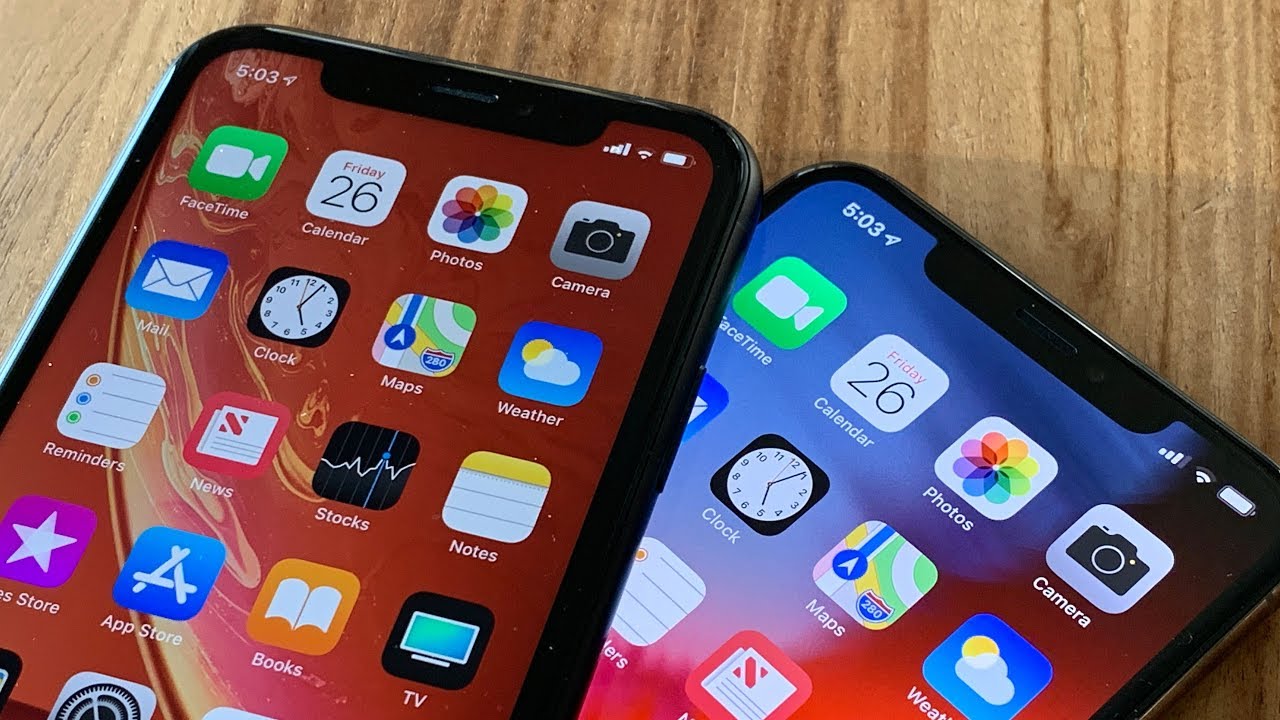iPhone Display Technology: LCD vs OLED
The Evolution of Display Technologies in iPhones
iPhone models over the years have seen considerable advancements in their display technologies. Early iPhone models predominantly used LCD panels, but more recently Apple has transitioned many iPhone lines to OLED. Let’s take a closer look at how LCD and OLED differ, and explore their usage across iPhone generations.
What is LCD?
Liquid Crystal Display (LCD) is a display technology that was widely utilized in iPhones up until the iPhone X. LCD screens work by having liquid crystals arranged between two sheets of polarized glass or plastic. When an electric current is applied, the liquid crystals change their orientation to allow light to pass through. Behind the liquid crystals is a backlight that illuminates the entire screen. Compared to newer OLED screens, LCD displays tend to have less vibrant colors, poorer contrast ratios, and lighter blacks. The liquid crystals also require an external backlight, making LCD screens less power efficient than OLED. However, LCD remains a very affordable display technology choice for smartphone manufacturers.
How OLED Improves Upon LCD
While LCD served iPhones well for many years, the introduction of Organic Light-Emitting Diode (OLED) displays led to significant enhancements. Unlike LCD, each OLED pixel is self-illuminating—when electric current is applied, the special light-emitting organic material lights up. This allows for true blacks since OLED pixels can be completely turned off. OLED screens display richer colors, higher contrast ratios, and can achieve greater brightness. They are also thinner since OLED panels do not need backlighting layers found in LCD. The ability of OLED pixels to illuminate independently also facilitated new features like always-on displays. However, OLED production costs have historically been higher compared to LCD.
The iPhone 11 Series Continues LCD
When Apple launched the iPhone 11 series in 2019, it continued using LCD for the standard iPhone 11 model. Given the phone targeted mainstream consumers on a budget, sticking with Liquid Crystal Display (LCD) helped Apple keep costs low. While the LCD screen was sharp and colorful, it could not match the inky blacks and vibrancy of OLED displays found in higher-end iPhones. The LCD backlight also meant screen brightness was limited compared to self-illuminating OLED counterparts. Still, as Apple’s most affordable iPhone at the time, the 11 balanced capabilities with an accessible price point thanks to LCD.
The iPhone 11 Pro Debuts Flagship OLED
In 2019, Apple brought Organic Light-Emitting Diode (OLED) to its flagship iPhones. The iPhone 11 Pro and 11 Pro Max featured stunning OLED screens that delivered vibrant colors and virtually perfect blacks. True black levels of OLED allowed these iPhone Pro models’ displays to be indistinguishable from “off” when needed. Colors also looked gorgeously saturated with OLED’s high dynamic range and contrast ratio. Features like always-on lock screens thrived on OLED’s ability to precisely control individual pixels independently. Naturally, access to these premier OLED display perks contributed to the Pro phones carrying higher price tags than the standard iPhone 11.
iPhone 12 Makes OLED the New Standard
For their 2020 iPhone 12 lineup, Apple took a major step by bringing Organic Light-Emitting Diode (OLED) panels to even the entry-level iPhone 12 model. This marked the first time the tech powering high-end iPhones had come to Apple’s most mainstream phones. Customers of all iPhone 12 versions, from the Mini to the Pro Max, could now enjoy the rich colors and true blacks OLED delivers. Prior lower-cost iPhone screens now appeared dated in comparison. Overall, Apple dramatically improved the visual experience for mainstream users by implementing OLED throughout the iPhone 12 series. This cemented OLED as the new default screen technology for iPhones.
The Enduring Appeal of LCD
While OLED has triumphed in flagship smartphones, Liquid Crystal Display (LCD) still retains relevance for highly cost-conscious phones. Its lower production costs relative to OLED mean LCD remains important to reach very affordable price points. For its release of the 2022 iPhone SE, Apple once again implemented an LCD screen. This allowed the SE to have a modern A15 Bionic chip at a remarkably low $429 starting price. So even as OLED rises to dominate iPhones overall, LCD holds onto a role supplying great value to entry-level devices. Striking the right balance of features and affordability will keep both display technologies relevant going forward.
Conclusion: The Rise of OLED Display Dominance
Over the years covered spanning the iPhone 11 through iPhone 12 lines, Apple’s incorporation of Organic Light-Emitting Diode (OLED) technology greatly enhanced the visual experience across its smartphone portfolio. Starting with flagships, OLED expanded to deliver brilliant colors and contrast even on mainstream models. While Liquid Crystal Display (LCD) still enables competitively priced devices, OLED has cemented itself as the premium standard bearer. Its advantages in screen quality paired with falling production costs signify OLED will remain ascendant. Both technologies will find success targeting different consumer needs based on capabilities versus affordability considerations.

